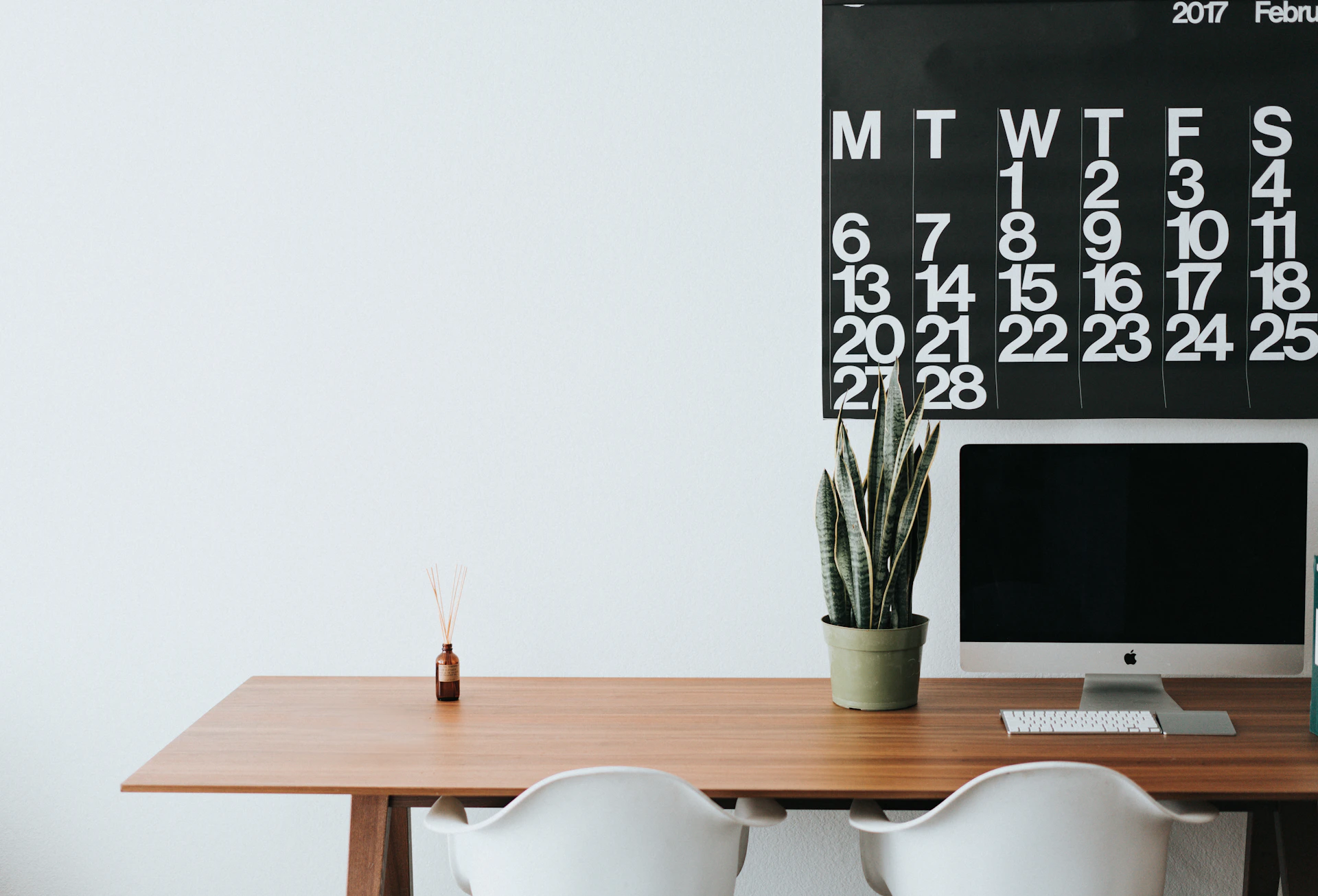Creating a roadmap for personal and professional development is essential for achieving long-term success and growth. Whether you are focused on career advancement, improving your skills, or reaching personal milestones, having a clear strategy can help guide your progress. Here’s how to develop a roadmap that will keep you on track and motivated.
1. Define Your Goals
Before you can start building your roadmap, it’s important to define clear, actionable goals. These can be both short-term and long-term, spanning across personal and professional spheres. Ask yourself what you want to achieve in your career and personal life. For example, do you aim to get a promotion, switch industries, or improve your work-life balance? Setting these goals will help establish the foundation of your development plan.
2. Assess Your Current Skills and Areas for Growth
Understanding where you currently stand is crucial for any development plan. Take an honest look at your current skills, strengths, and areas where you need improvement. Consider seeking feedback from mentors or colleagues who can provide insights into how you can grow professionally. This self-assessment helps you identify the skills and knowledge needed to reach your next milestone.
3. Create a Step-by-Step Plan
Once you’ve defined your goals and assessed your current abilities, it’s time to create a detailed plan. Break down your goals into smaller, manageable steps with clear deadlines. This can include signing up for professional courses, attending networking events, or dedicating time each day to self-improvement activities. A structured plan not only helps you stay focused but also makes your goals feel more achievable.
4. Stay Flexible and Adapt
While it’s important to have a clear plan, it’s equally important to stay flexible. Personal and professional growth is not always linear, and you may encounter unexpected challenges or opportunities along the way. Be open to adjusting your roadmap as needed, whether it’s expanding your goals, shifting your focus, or trying new approaches. Flexibility allows you to adapt to changing circumstances without losing sight of your end goals.
5. Regularly Review and Reflect
Review your progress regularly to ensure you’re staying on track and making meaningful strides. Reflection allows you to celebrate your successes, learn from any setbacks, and refine your goals as needed. Use this time to assess if you’re on pace with your professional development plan or if adjustments are needed. Consistent review keeps your roadmap dynamic and aligned with your evolving personal and professional aspirations.
Building a roadmap for personal and professional development requires intentional goal-setting, self-assessment, and flexibility. By following these steps and adjusting your plan over time, you’ll be better equipped to reach your full potential, both personally and professionally.




